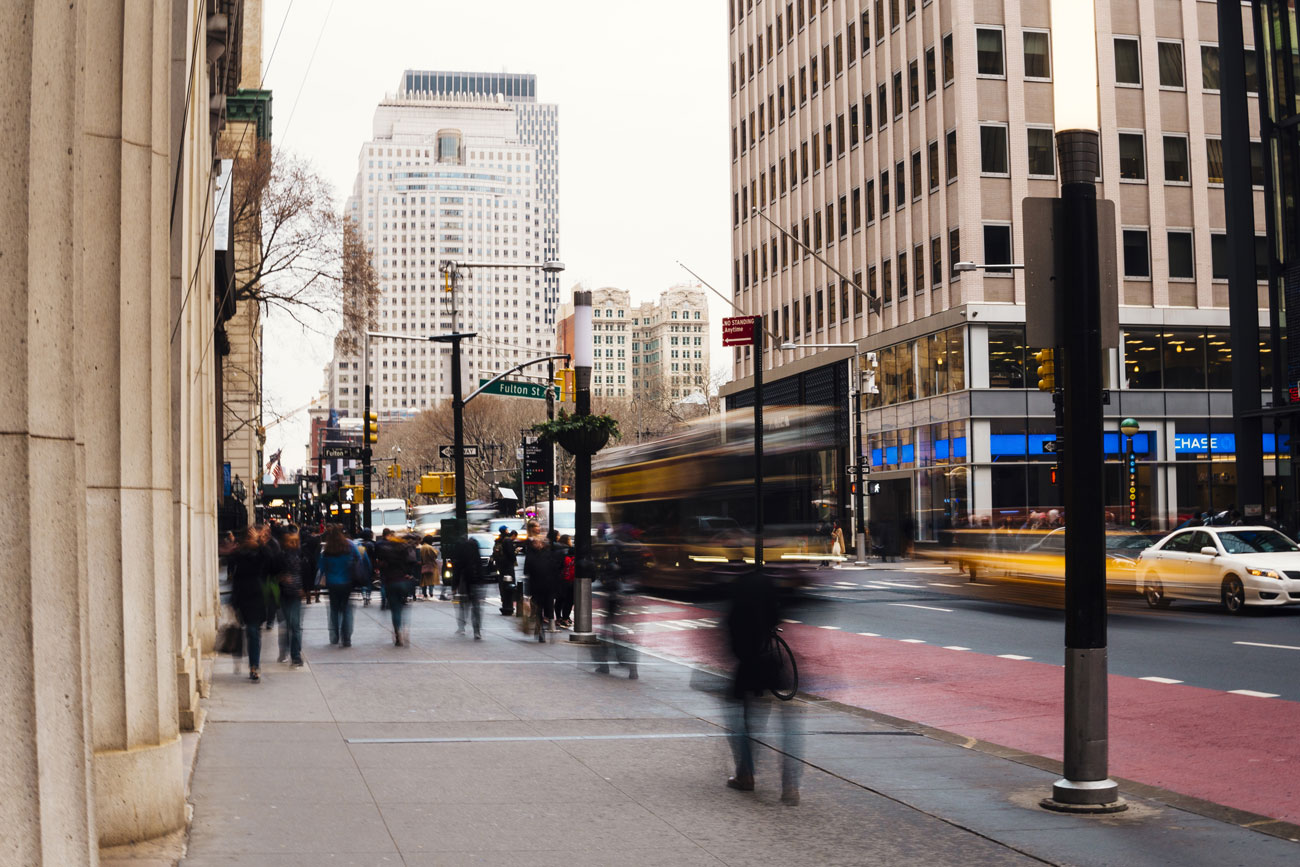Finding ways to make cities more pedestrian-friendly has become an important part of public space design, as giving people more walkable streets should be a priority. Also known as pedestrianization, this process can help remove vehicular traffic from city streets, making them more suitable for other means of transportation. In order to successfully redesign city streets and make them pedestrian-friendly, there are several aspects that must be considered. These are some of the considerations every city should take during pedestrianization projects.
Give Pedestrians Nicer Sidewalks
One of the best ways to make streets more pedestrian-friendly is by designing nicer sidewalks. Having to walk several blocks without seeing a single shop or a café, the walk will definitely feel much longer than it really is. Instead of taking over big blocks of city streets with massive and impenetrable buildings, cities can divide streets into smaller chunks, offering a wide variety of businesses and places for pedestrians to enjoy.
Have Buildings All Line the Streets
Another important element of pedestrian-friendly streets is having all the buildings lined up with the streets. It isn’t rare to see businesses that have their entry door either on the back or the side of the building. However, locating the main entrance on the sidewalk can actually encourage pedestrians to step inside. Besides, this will create a more comfortable, welcoming, and enclosed environment, having a positive impact on the community.
Support Spaces for Public Activity
Every pedestrian-friendly will prioritize public activity over retail and commercial activity. Therefore, when working on projects that aim at making streets more walkable, cities must remember to create and support spaces that encourage communities can meet and interact. Giving citizens spaces to exercise and get together can be of great help with making an area come to life.
Give Pedestrians Clear and Continuous Access
In order for city streets to become more walkable, they must give pedestrians clear and easy ways to move through parks, plazas, and every other place where vehicles cannot access. This includes adding reasonable sidewalks and paths, as well as clear signs that let pedestrians know where and how to transit these areas. This is particularly true for cities and streets that hold plenty of tourist activity.
Don’t Forget About the Human Scale
Lastly, every city that wants to become pedestrian-friendly needs to consider the human scale. Buildings and skyscrapers can make pedestrians feel overwhelmed and even unwelcome, especially when they are not designed with pedestrians in mind. Adding human scale signage and entrances can make pedestrians feel more welcome. The Empire State is a great example of how small-scale entrances can successfully embrace ground level pedestrians.








